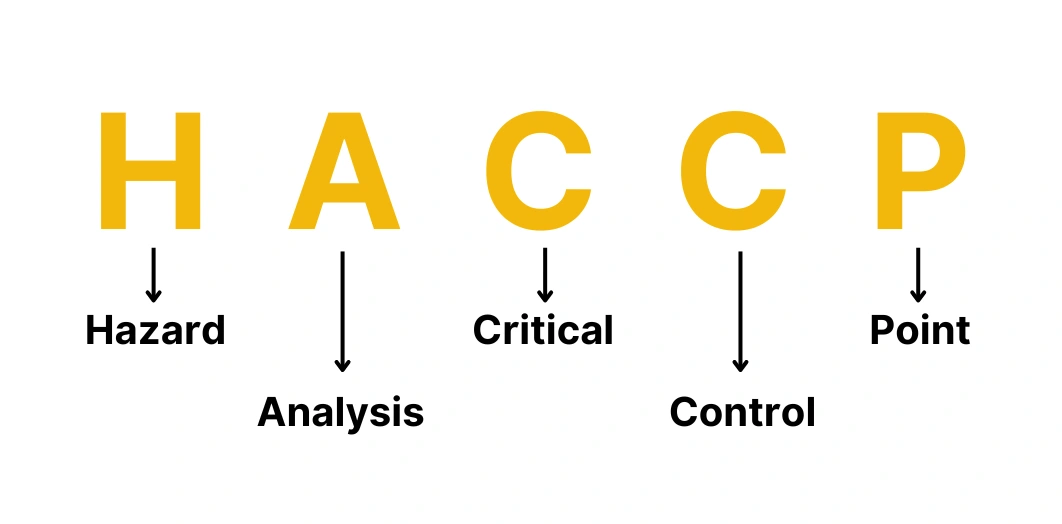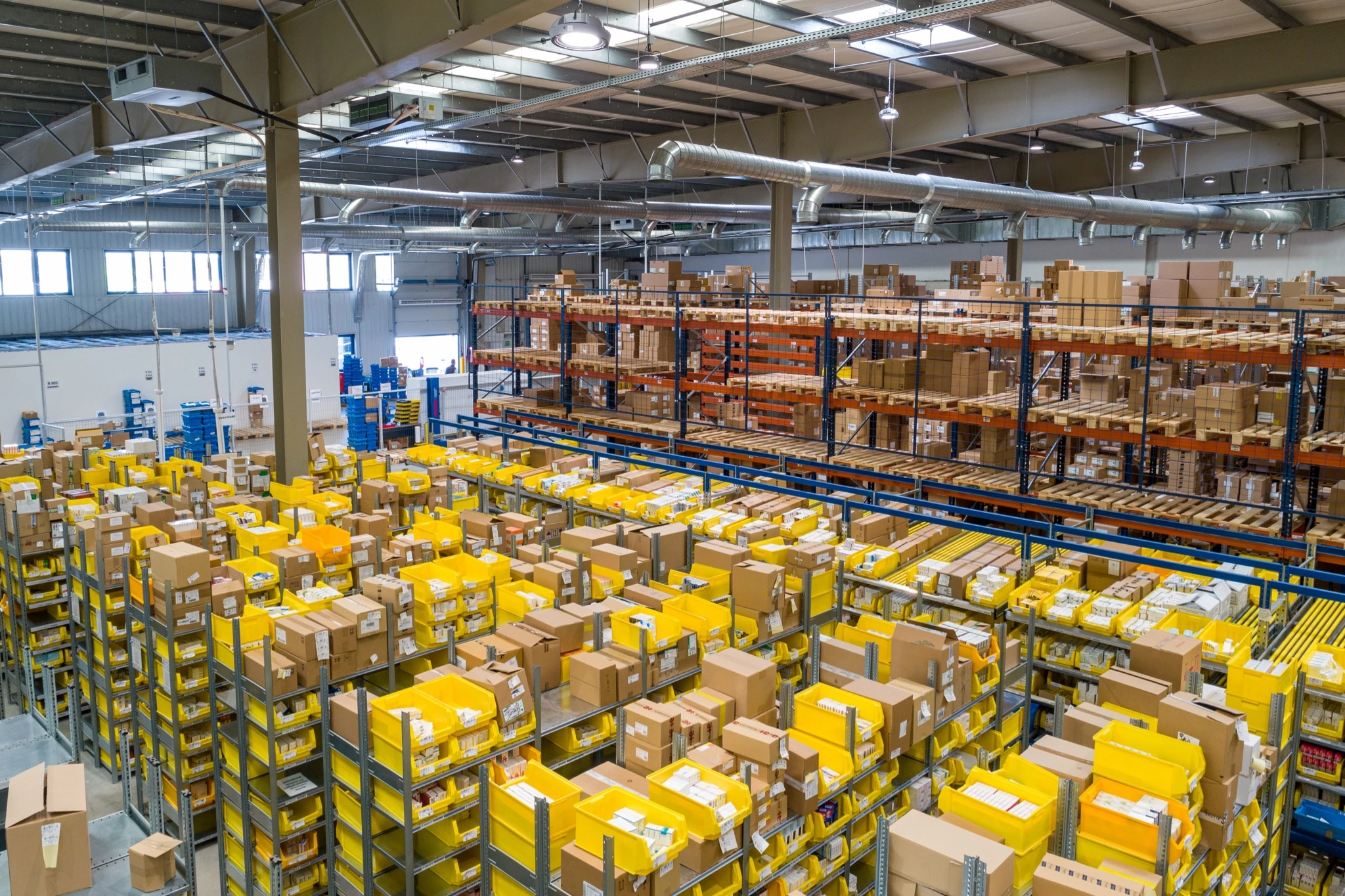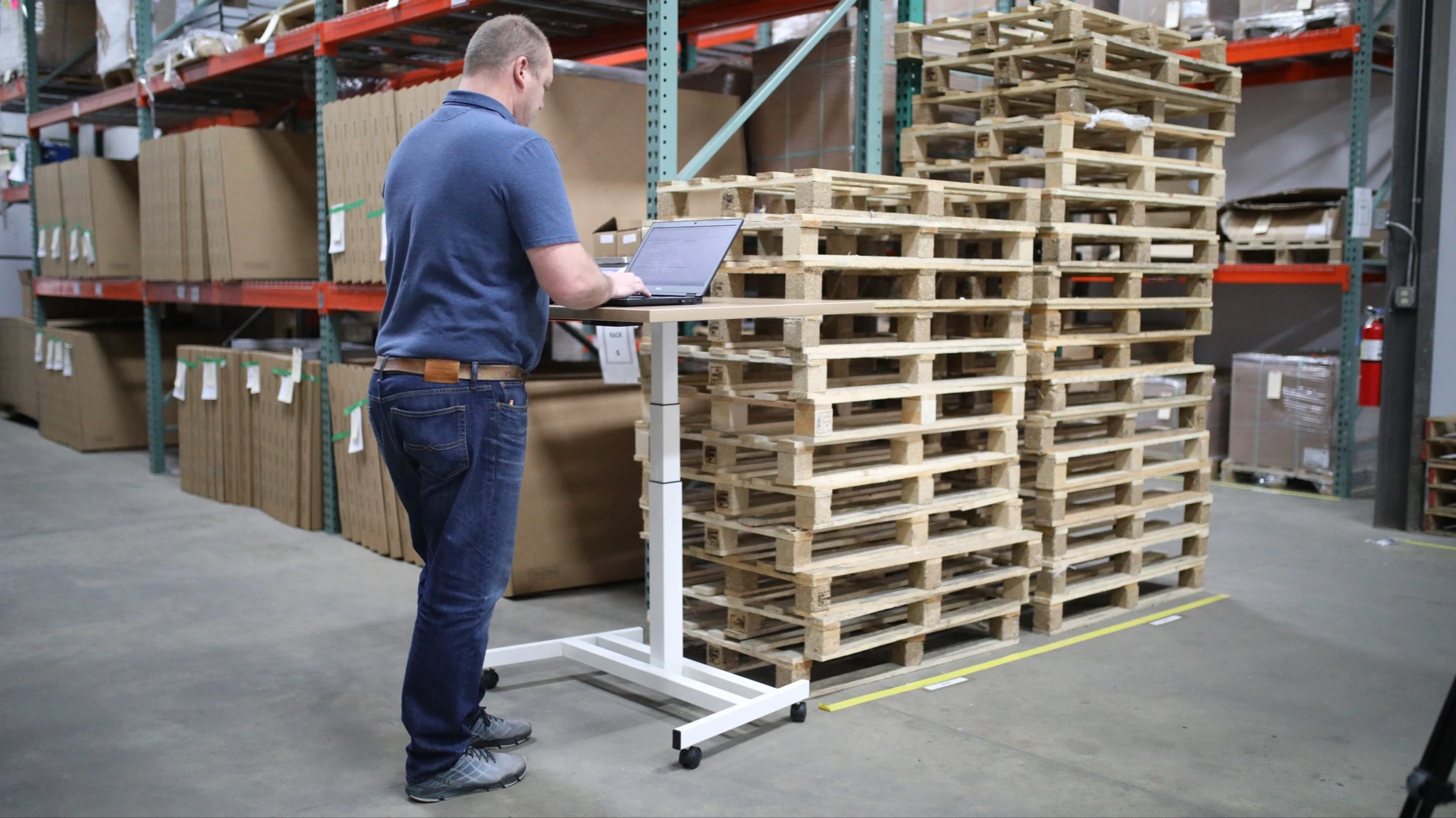1,500-word blog for Hive: What is HACCP in logistics?

If you are a food commerce company, getting food to people's plates safely is a serious business. That's why HACCP is key to your logistics strategy. When transporting edible goods, you need a food safety system that is based on the principles of HACCP as a legal requirement - this includes distribution. But what is HACCP, and why is it important in logistics?
What does the acronym HACCP stand for?
HACCP stands for Hazard Analysis and Critical Control Point. At its core, HACCP is a robust food hygiene and safety framework that is used by businesses when handling and transporting edible goods.

What is HACCP and why is it important?
HACCP is an internationally recognized standard, and is a key part of the CODEX General Principles of Food Hygiene. When something is wrapped up in this much legislation, you know it's important, but why?
HACCP is important because it applies a systematic approach to food safety which seeks to prevent biological, chemical, and physical hazards from contaminating edible goods during production and distribution. The framework aims to avoid hazards rather than looking to inspect finished products for the effects of any hazards.
Let's break it down. When HACCP refers to a hazard it means anything that's considered harmful or dangerous on a:
Microbiological level - for example, harmful bacteria
Chemical level - for example, poisonous contaminants
Physical level - for example, contact with items that shouldn't be touched
Critical control points refers to a set of steps during which hazards can be controlled, including:
Cooking, heating or reheating
Cooling
Storage
Packaging
Distribution
Hygiene and maintenance standards
HACCP can be used at all stages of the food supply chain, including production, preparation, packaging and distribution.
The 7 principles of HACCP

The HACCP system is based on seven principles, which provide the foundation on which you can create your plan. The first two principles help you to determine what's needed, the other five help you to apply HACCP across the food supply chain.
Principle 1 - Hazard analysis
This principle helps you to identify where significant hazards are likely to occur. Using HACCP, you can focus on hazards that can be controlled, prevented, or even eliminated. This is important for assessing risks and preventing them before they occur.
Principle 2 - Determine critical control points (CCP)
A CCP is a step or process at which a control can be applied and a food safety hazard avoided, eliminated, or at least reduced to acceptable levels. Such control points may exist on a logistics level. You will need a CCP roadmap because you will likely need to control more than one food safety hazard. Equally, you might need more than one CCP to control a single hazard.
Principle 3 - Set critical limits
Critical limits are usually a measurement such as time, temperature, humidity, weight, etc. It is the maximum or minimum value to which a biological, chemical or physical threat must be controlled to prevent, reduce or eliminate the occurrence of a food safety hazard. This is important for helping you set safety guidelines.
Principle 4 - Define monitoring procedures
The procedures for monitoring will specify the method for obtaining measurements from critical limits, identify the person responsible for recording these measurements, and determine the frequency at which measurements are taken across the supply chain.
Principle 5 - Establish corrective actions
Sometimes, the criteria for a CCP can be missed. This means that you will need to identify and control corrective actions. Your corrective actions need to be defined, and a person will need to be assigned to each corrective action.
Corrective action in logistics could be actively adjusting a container temperature to prevent spoilage of goods while they are being transported. Essentially, you need to control the hazard.
Principle #6 - Implement verification procedures
Aside from setting up procedures to monitor CCPs and taking corrective actions, you will need to establish verification procedures. These will determine whether your HACCP plan works and that your systems operate according to the plan.
Think of verification procedures as checks carried out to see if your HACCP plan is still scientifically and technically relevant. This creates a feedback cycle, which allows you to make adjustments to your overall HACCP plan if needed.
Principle #7 - Keep track of records
Keeping a documented account of your HACCP plan is essential. This gives you a record of proof for the safety of your food from production and processing to packaging and distribution. You should be keeping an account of temperature logs, checklists, forms and other relevant procedural standards. This prevents you from violating any regulations.
The need for greater hygiene when transporting goods, including food, has been heightened since the COVID-19 pandemic. HACCP is increasingly relevant in e-commerce. For example, if you are a food commerce business planning to use a third-party for logistics support, you will need to partner with a 3PL that has HACCP certification.
Importance of HACCP in e-commerce logistics
If you have no HACCP system in place, and you're moving food, you're breaking the law - in most countries. Having HACCP certification demonstrates to your customers, stakeholders, and regulatory authorities that you are committed to the safe production and transportation of edible goods.
To be considered reputable and trade worthy as a food commerce company, HACCP is essential to your reputation.
Ultimately, HACCP protects your customers and your reputation.
HACCP can play a key role in the safety of e-commerce logistics from sourcing and procurement right through to transportation.
Sourcing and procurement
Applying HACCP to your sourcing and procurement process means you can trace back right down the chain and put processes and plans in place to maintain quality standards.
Warehousing and storage
In the case of a warehouse, HACCP can be applied to determine the storage needs of food items whether they are frozen, chilled, or dry products. It can help you to determine shelf life, the nature of packaging and labeling for distribution and special transportation controls.
Order fulfillment
When it comes to order fulfillment, HACCP can be applied to picking and packing processes, ensuring that items are boxed and labeled for shipment accordingly.
Distribution
In terms of distribution, HACCP can be applied to transportation methods and maintaining safety of food items during transit. This can include the temperature monitoring of shipping containers or removing damaged boxes.
Every step of the e-commerce logistics process can be covered by HACCP. This helps you:
comply with industry regulations
reduce the risk of contamination
result in fewer recalls
All of which can damage your reputation and lead to huge financial losses.
Implementing HACCP in e-commerce logistics
To implement HACCP for your e-commerce company, you will need certification. To achieve certification, you will need to be audited. Audits can take a few days depending on the size of your e-commerce business.
The audit will review the seven principles of HACCP, and you will be expected to show stability across all of them. To ensure that you are granted HACCP certification, you should complete your plan as much as you can then test and apply its effectiveness.

Work with a 3PL partner that understands your needs
Ready to move food quickly through the supply chain? Partnering with a 3PL that understands your needs gives you many distinct advantages, including:
Greater visibility and control of your food supply chains
Services that can save you time and money
Coverage when it comes to regulatory standards
Enhance your reputation and commitment to food safety, and comply with regulatory standards worldwide with Hive. Implement the HACCP principles for your logistics.
Like this project
Posted Aug 19, 2023
A 1,500-word, ghost written SEO blog for Hive explaining the Hazard Analysis & Critical Control Point (HACCP) certification and why it matters in logistics.
Likes
0
Views
15
Clients

Hive







